Chemistry touches every area of our lives, including our health.
This week is National Chemistry Week, an event sponsored by the American Chemical Society to highlight the science’s importance.
This year’s theme is “The Healing Power of Chemistry.” To celebrate, the Clemson University College of Science is spotlighting three chemistry faculty members whose research is linked to human health.
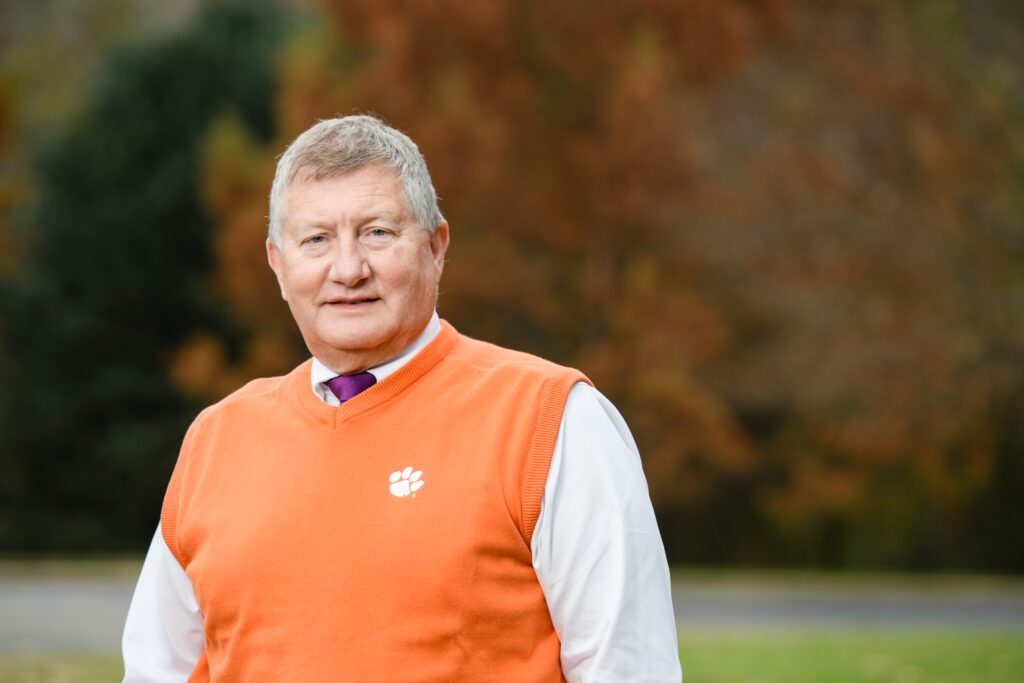
Promising targets
When analytical chemist Ken Marcus was first asked if he could isolate exosomes from fluids in the human body, he had one crucial question.
“What are exosomes?”
Exosomes are nano-size vesicles excreted by cells that contain lipids, proteins and nucleic acids. Scientists once considered exosomes garbage trucks for cellular waste, but now they are known to be one of the primary ways cells communicate with each other.
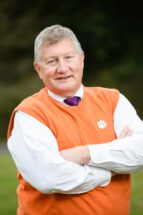
Exosomes are found in human body fluids such as urine, blood, saliva and breast milk. Because they contain genetic and proteinaceous material from the cells from which they came, exosomes are promising targets for disease diagnosis. They could also be useful for gene therapy by serving as a vector to deliver genetic materials to specific cells to treat the underlying cause of disease. Because exosomes come from the human body, they are less likely to be rejected.
Marcus figured out a way to isolate exosomes using capillary-channeled polymer fiber technology. His research group has been using the fibers for separating proteins for about 15 years. But exosomes are much bigger than proteins and far more complex.
“Everywhere you find exosomes is a complicated place. They are like little cells themselves,” said Marcus, the Robert Adger Bowen Professor of Chemistry. “The rules for separating them chemically are different. Plus, however we do the separation, whatever forces we impart on it, the exosome has to remain intact.”
Marcus and his colleagues have extracted exosomes from seminal fluid, plasma, breast milk and even plants.
He is now the principal investigator on a $1.5 million National Institutes of Health grant that aims to further develop the technology.
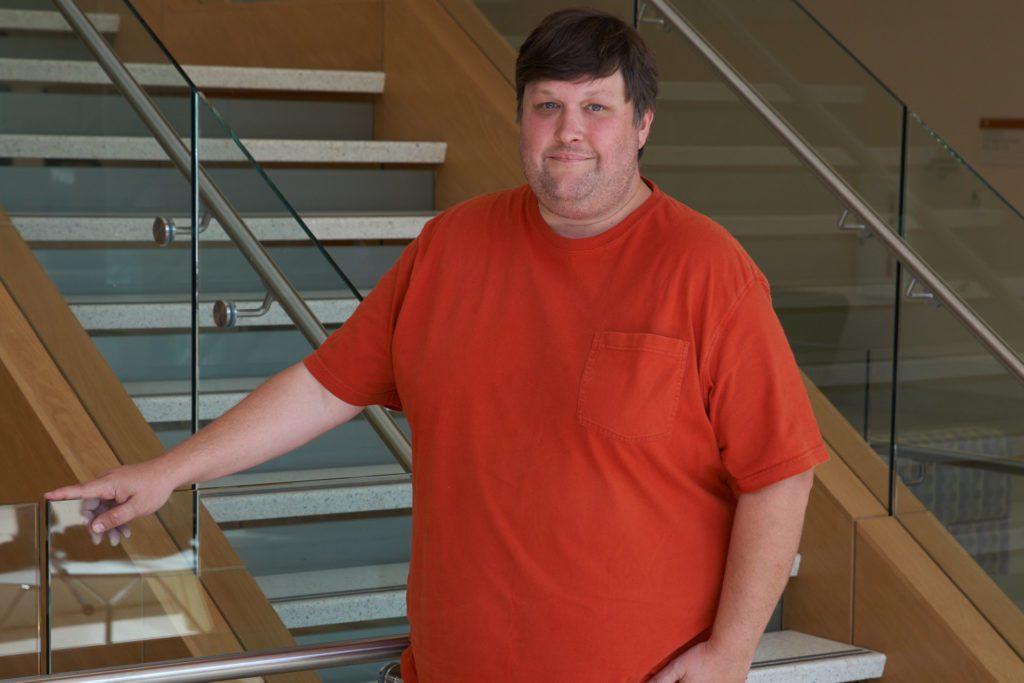
Gut feeling
The human gut is filled with bacteria, including the genus Bacteroides which has been associated with the initial stages of Type 1 diabetes and other gut-associated diseases.
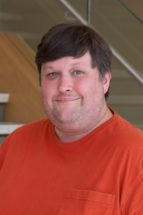
Associate Professor of Chemistry Daniel Whitehead and his colleagues are researching ways to use chemical compounds to precisely target and disrupt the metabolic processes of Bacteroides without causing harm to other beneficial organisms in the human digestive system.
When we eat a starch-heavy meal, a large portion of the starch that isn’t absorbed by our own body ends up in our lower gut and serves as an energy source for the bacteria that live there. Bacteroides has a complex system of enzymes that it uses to recognize and metabolize starch for energy.
Whitehead and his Clemson colleagues — his wife, Kristi Whitehead, who is a microbiologist, and Brian Dominy, a computational biophysical chemist — designed a molecule that turned off that system to prevent the Bacteroides from eating starch and growing.
“That has implications for being able to reduce those bacteria in the gut as a potential strategy to either prevent or treat gut-associated diseases,” Daniel Whitehead said.
Design better molecules
The researchers are working on a computational model that would allow them to look at the structures of the compound bound to the enzyme to try to understand why it’s active. They think they can use what they learn to design better molecules. The computational model gives them the ability to look at the protein, and through calculation, design molecules that might fit into the binding site.
“The molecules we’ve uncovered with this approach are not easy to build so you really want to have an idea that there’s a likelihood of success before you go in the lab and spend all that time building the molecule,” Whitehead said.
Whitehead said the idea behind the compounds is not to kill the bacteria but to prevent them from going after their preferred energy source so it reduces their competitive advantage.
“The idea is to find a way to inhibit the growth of that particular bacteria among all the other bacteria in the gut. Can we selectively target a particular bacteria that’s expressing a toxin that might lead to colon cancer, and can we use this important metabolic pathway that they rely on to hamper its growth?”
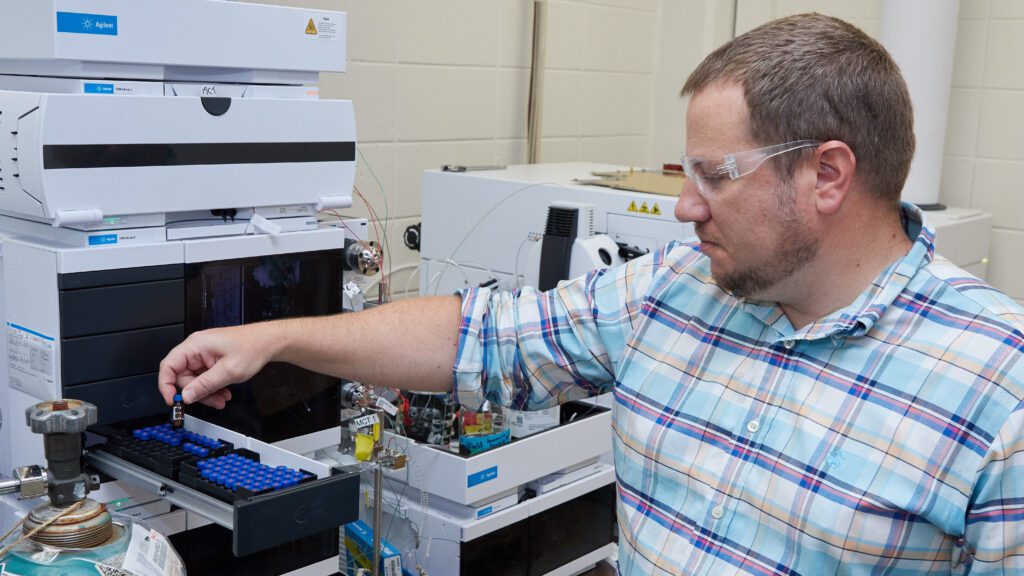
Drug detection
Research by Chris Chouinard, an assistant professor in the Clemson Department of Chemistry, could make it more difficult for athletes to get away with doping and make it easier for medical personnel to identify fentanyl derivatives and other substances such as xylazine. Chouinard and his group develop new mass spectrometry technology and methods.
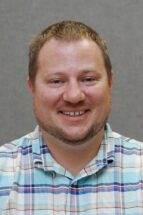
“A lot of people have heard of mass spectrometry from television shows like ‘CSI,’” Chouinard said. “It is one of the most powerful analytical techniques we have, and it’s at the core of what my group does.”
Chouinard said there was a big paradigm shift in the way testing was done for performance-enhancing drugs when the Olympics were held in Los Angeles in 1984. The first World Anti-Doping Agency-accredited lab in the U.S. was created and marked the first time mass spectrometry was routinely used for testing, he said.
“One of the problems in anti-doping — and now it’s a problem in these drugs like fentanyl — is that they are created illicitly and get into the black market. It takes us a long time to catch up, to be able to develop new methods, to figure out what these new drugs are,” Chouinard said.
Performance-enhancing drugs and fentanyl present two different problems.
Hidden in plain sight
The manufacturers of anabolic steroids try to “hide them in plain sight” by making them look similar to compounds found in the body naturally, such as testosterone. Testers can overcome that by coupling mass spectrometry with new analytical methods such as ion mobility spectrometry, which provides more information about the structure of a molecule.
The same methods can be used to identify fentanyl derivatives, which can be 10 to 100 times more potent than fentanyl. Different compounds act differently in the body and can require different treatments.
For instance, xylazine is being laced into recreational drugs the way fentanyl is. But it’s not considered an opioid because it doesn’t act on the same receptors in the body. Naloxone, which is the most common treatment for an opioid overdose, goes after the same receptors as fentanyl does so fentanyl doesn’t work. But xylazine operates on different receptors.
He said developing tests that can more accurately identify the drugs people ingest could ultimately mean better treatments or countermeasures.
“It all comes back to improving human health through developing novel technology,” he said.
Get in touch and we will connect you with the author or another expert.
Or email us at news@clemson.edu
